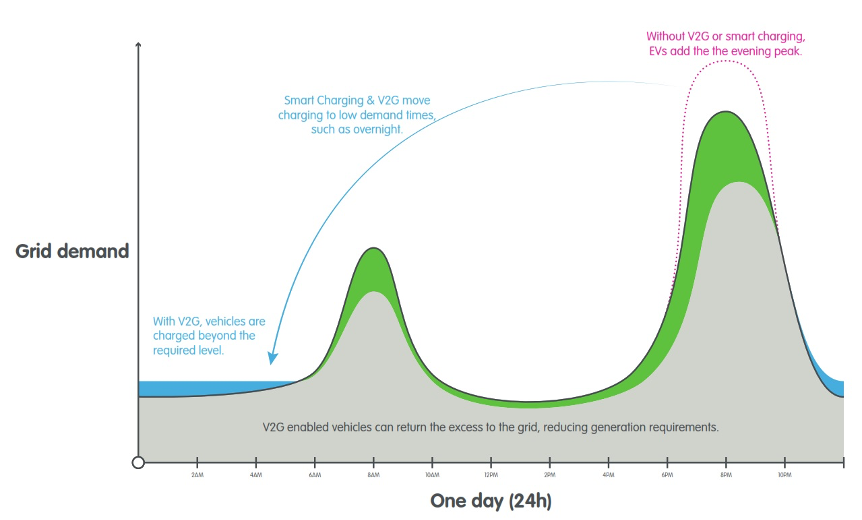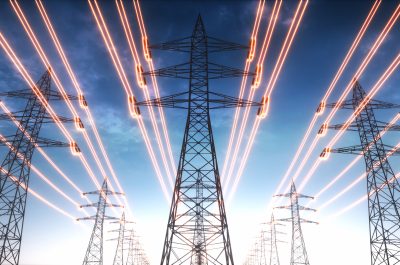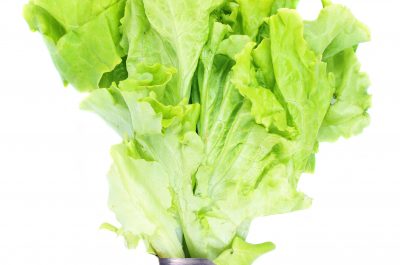Could vehicle-to-grid accelerate the EV revolution?
One of the largest vehicle-to-grid (V2G) electric vehicle (EV) trials in the world will be run in Canberra to understand the potential benefits of EVs with V2G technology [1].
ActewAGL will undertake the trial project funded by the Australian Renewable Energy Agency (ARENA) in collaboration with the Australian National University (ANU), Evoenergy, ACT Government, Nissan, JET Charge and SG Fleet.
Fifty-one Nissan Leaf EVs will be deployed to provide frequency control ancillary services (FCAS). These EVs are used to maintain frequency in the national electricity market (NEM) and have been the major income source for larger batteries in the NEM such as the Tesla Big Battery at Hornsdale in SA. Also, this will test how EVs with V2G capability could improve the cost of owning and operating an EV by incentivising owners to supply energy back to the grid.
Vehicle-to-Grid Technology Explained:
V2G vs Smart Charging (V1G)
Smart charging, also known as V1G, refers to the ability to control the rate or time of charging, therefore assisting in minimising associated costs. With V1G technology, the energy flows in one direction from the grid to the EV which makes the EV act as a load when connected to the grid.
Vehicle-to-grid (V2G) technology goes one step further by enabling a bi-directional energy flow, between the grid and the EV’s battery. Put simply, V2G technology allows EVs to became mobile batteries that can store and push back energy to grid when required.
The bi-directional feature of V2G technology transforms EVs into energy storage assets for the grid. The energy stored in these batteries can help network service providers to maintain grid stability by flattening the demand curve during peak periods. Figure 1 shows how EV with V2G technology can help reduce peak demands.

Figure 1: Demand scenario with and without V2G technology [2]
V2G technology has a range of benefits, according to a review of nine European trial projects by Cenex published in June 2020 [3]. This study found that V2G can significantly reduce greenhouse gas emissions, ensure the resilience of the network and can be used as back-up power for homes or as an uninterruptible power supply (UPS) for commercial loads.
These batteries, when connected to the grid, act just like a residential battery system enabling you to store and sell energy back to the grid. The idea is to charge your vehicle during off-peak periods, typically overnight, and discharge energy back to grid during peak periods (morning and evening peaks).
A trial project undertaken by AusNet Services with the CSIRO over the summer of 2013/14 also seems to support this idea. The EV used in the trial had a battery capacity of 11.8kWh. Throughout the trial, the EV was driven as a daily commute and plugged in each evening. It was found that the available energy exported from the vehicle was within the 0.7kWh to 5.5kWh range, with an export duration between 40 minutes and five hours. This results in a significant reduction in the costumer’s peak evening demand, proving in the concept that EVs with V2G capability has the potential to manage peak load demands [4].
Of course, how much revenue EV owners can make from exporting energy to the grid depends on their tariff and how much energy is left in their batteries. As such, flexible tariffs may act as an incentive to charge and discharge electricity at a specific period of times during the day, optimising the technology for all.
Another example of such an incentive program can be seen in the consumer-focused V2G Octopus Energy trial in the UK. Consumer revenue was directly linked to the time of day that charging and discharging of EV batteries occurred [5]. This trial, known as Powerloop, equipped the homes of participants with a V2G bi-directional charger, allowing them to recharge when electricity prices were at their lowest and sell remaining energy when prices were high. A reward system was also initiated whereby participants whose cars were plugged in between 6 pm and 5 am for a minimum of twelve days a month received a £30 reward.
Other avenues for V2G
The challenge to the wide-scale deployment of EVs is in identifying where they could cluster on the network, and whether they would be available at peak demand periods to provide the necessary support to the grid. This would offer an opportunity for other types of transport with ‘known profiles’ to be incorporated with V2G technology.
For example, the usage profiles of buses are reasonably well established, creating an excellent opportunity to use the energy stored in their batteries during evening peak hours to support the grid. In the United States, Dominion Energy is undertaking a trial by deploying 50 electric school buses that will be operated in late 2020 to reduce emissions and enhance grid stability, with a plan to implement an additional 1,000 busses by 2025. When all vehicles are operational, it is expected that the buses’ batteries could power up to 10,000 homes and help stabilise the grid [6].
The full deployment and efficient management of EVs and electric buses, both equipped with V2G capability, would give network service providers more options to meet peak energy demands better, reducing the need for expensive upgrades to network infrastructure.
With few existing studies in Australia, further trials will assist the industry in understanding the value of V2G technology for network operators and customers.
Another option for sustainable transportation is hydrogen vehicles, also known as fuel cell vehicles (FCVs). Renewable hydrogen – produced from electrolysis – can be produced from either dedicated renewable energy generation or via the grid and provides additional opportunities to integrate gas, transport fuels and electricity. Canberra will host the first pilot project on hydrogen-powered cars in late 2020 [7]. The hydrogen fuel station is being constructed in Fyshwick by ActewAGL with renewable energy company Neoen and will serve 20 Hyundai Nexo hydrogen cars, the largest fleet of hydrogen vehicles ever deployed in Australia.
Both EVs and FCVs have their own benefits and open a new avenue for greener transportation. One advantage of FCVs is they require less refuelling time than EVs. However, for mobility, the main challenge is the availability of infrastructure and vehicles. A significant opportunity for hydrogen transport seems to be its use for trucks, trains and other heavy vehicles.
Successfully decarbonising Australia’s economy will eventually require a shift to clean fuels for small vehicles and freight transport. The work underway through these pilot projects will make an important contribution to achieving this goal.
References
| [1] | “World leading electric vehicle to grid trial in ACT,” ARENA, 8 July 2020. [Online]. Available: https://arena.gov.au/news/world-leading-electric-vehicle-to-grid-trial-in-act/. |
| [2] | “Electric Vehicles: Innovation towards an excellent user experience,” Digital Catapult and Connected Places Catapult, 2019. |
| [3] | “A Fresh Look at V2G Value Propositions,” Cenex, June 2020. [Online]. Available: https://www.cenex.co.uk/news/value-of-v2g-revisited-to-boost-market-potential-and-widen-benefits/. |
| [4] | “Demand Management Case Study – Electric Vehicle to Grid Tria,” AusNet Services, [Online]. Available: https://www.ausnetservices.com.au/-/media/Files/AusNet/Business-Electricity/Demand-Management/Electric-Vehicle-to-Grid-Trial-Case-Study.ashx?la=en. |
| [5] | E. Costello, “Your car could act as a giant battery to power your home,” Octopus Energy, 2019. [Online]. Available: https://octopus.energy/blog/vehicle-to-grid/. |
| [6] | “Electric School Bus Program,” Dominion Energy, 2020. [Online]. Available: https://news.dominionenergy.com/2020-01-16-Dominion-Energy-Moves-Forward-with-Electric-School-Bus-Program. |
| [7] | “Low-emission transport – Moving Canberrans with low-emission transport choices,” ActewAGL, 2020. [Online]. Available: https://www.actewagl.com.au/en/beyond-energy/blog/low-emission-transport |


